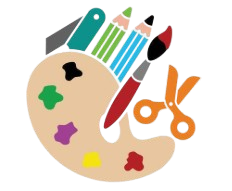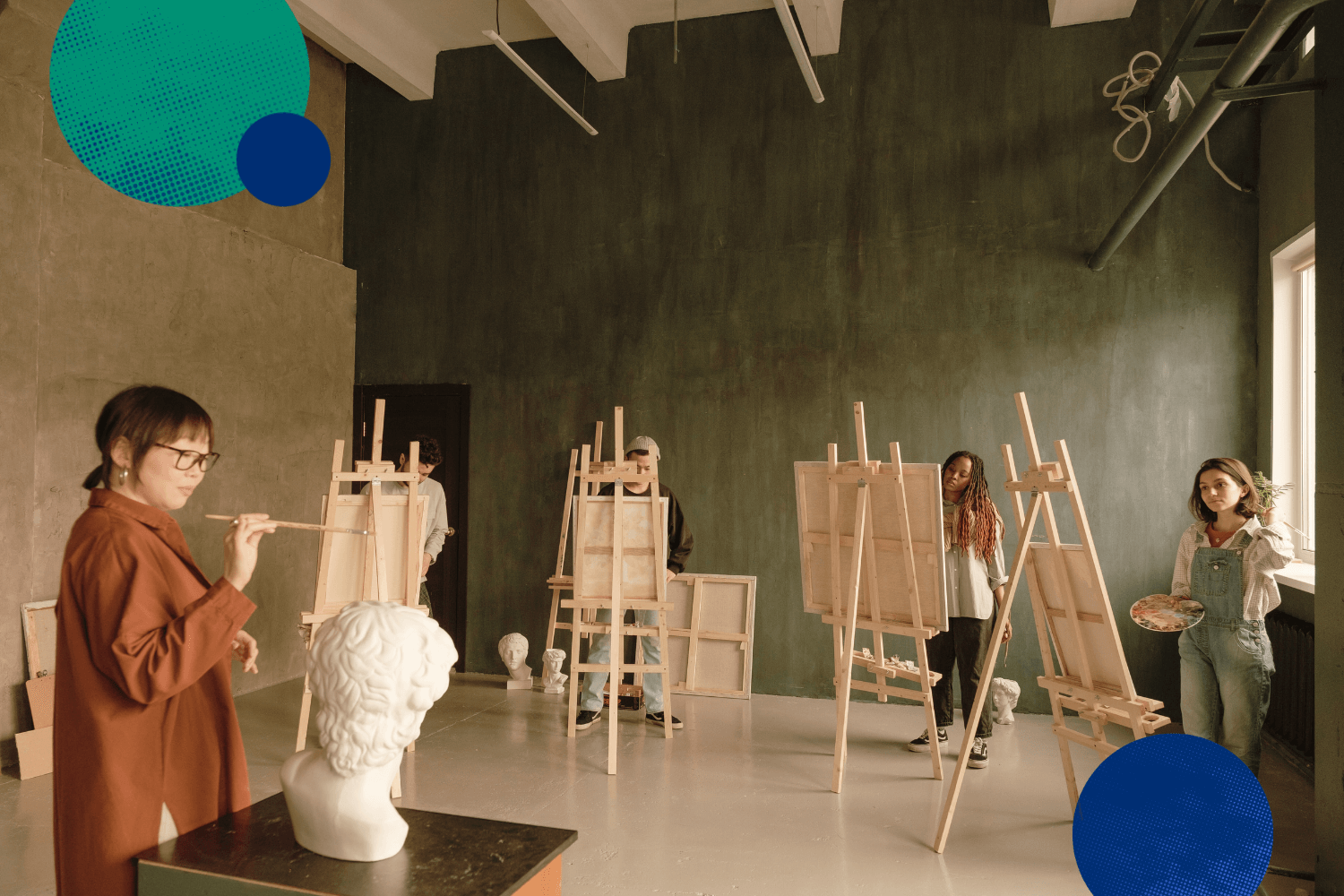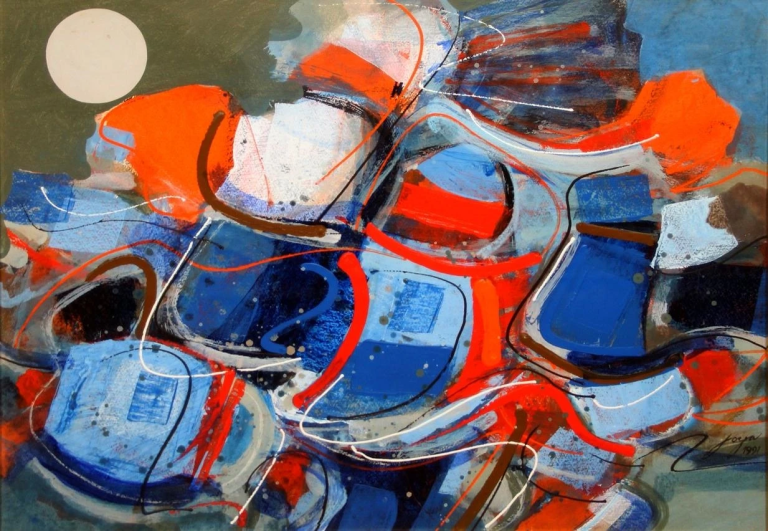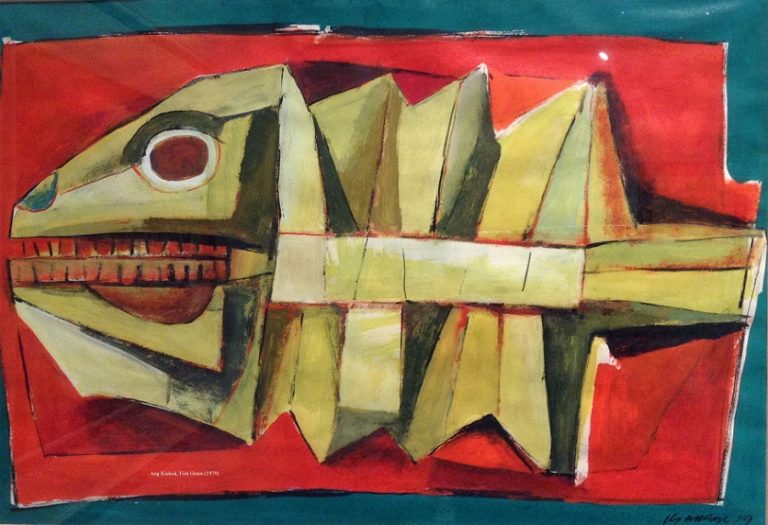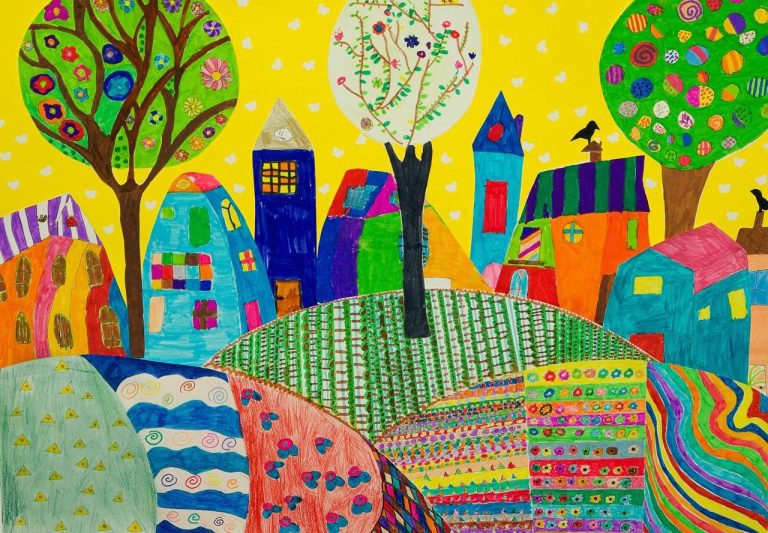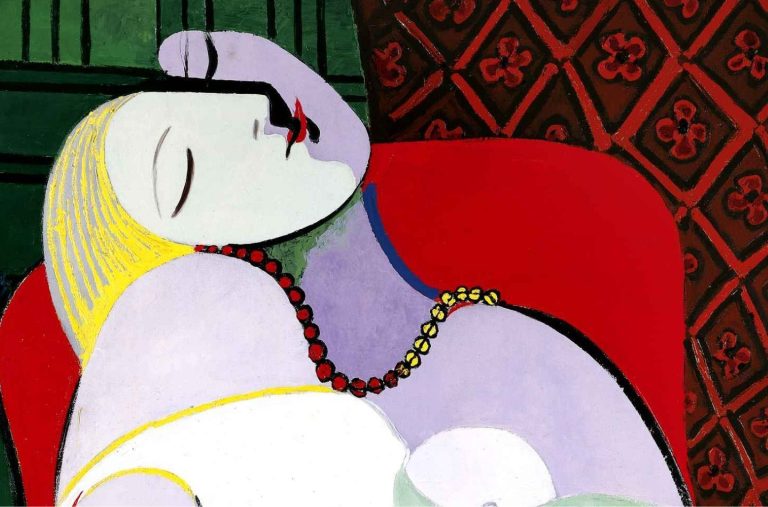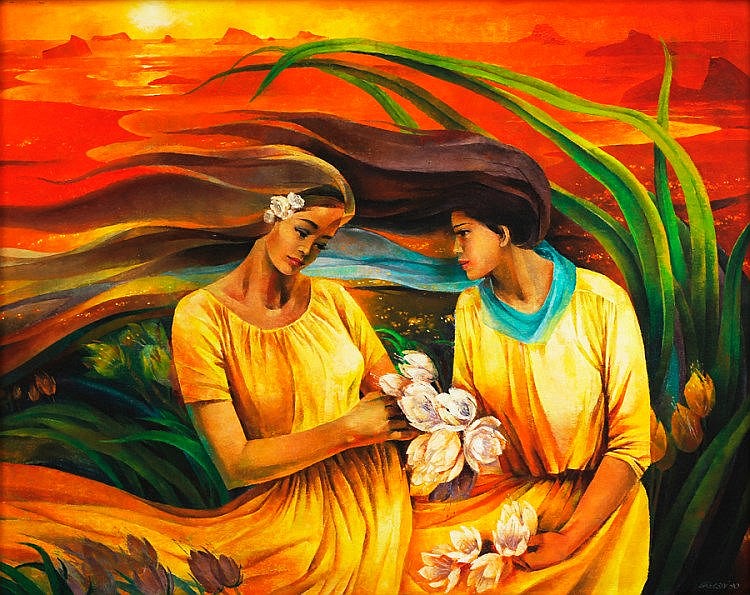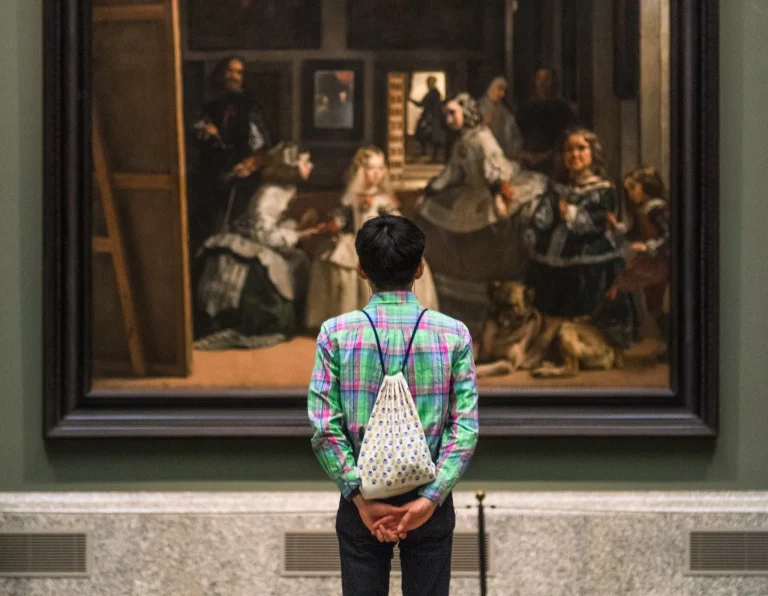All the Information You Need to Understand Art’s Persistent Importance in the Human Experience
For millennia, philosophers, artists, and viewers have grappled with the difficult task of defining “art,” which is as complicated as humanity itself. In its most basic form, art can be defined as a broad and varied field of human expression that involves imaginative or creative talent and produces goods or experiences meant to elicit a valuable reaction. This response might be an emotional resonance, intellectual stimulation, a challenge to preconceived notions, or simply the appreciation of beauty and skill.
This reaction may take the form of intellectual stimulation, emotional resonance, a challenge to preconceived ideas, or just an appreciation of skill and beauty.
Art is born from our innate capacity to move beyond the purely functional, to imagine, and to manifest those imaginings in tangible or experiential forms. It encompasses a vast spectrum of human activity, from a painter’s meticulous brushstrokes to a dancer’s ephemeral movements, a composer’s intricate melodies, or a writer’s carefully crafted narrative. While the forms and functions of art have evolved dramatically through different eras and cultures, its core essence remains rooted in its ability to communicate, to question, and to transform.
Key facets that help us grasp the nature of art include:
- Creativity and Innovation: Art is inherently about novelty and originality. It involves bringing something new into existence, whether it’s a fresh perspective on a familiar subject or a radical departure from established forms.
- Expression and Interpretation: It serves as a conduit for creators to pour out their innermost thoughts, feelings, beliefs, and observations about the world. Crucially, the meaning of art is not always fixed; it invites personal interpretation and engagement from the viewer or listener.
- Skill and Craftsmanship: For much of history, mastery of a particular technique was central to the definition of art. While contemporary art has broadened to embrace conceptual and less traditionally “skilled” forms, the dedication to craft and excellence in execution remain highly valued in many artistic disciplines.
- Communication Beyond Language: Art transcends linguistic barriers. A powerful piece of music or a compelling visual image can evoke similar feelings in people from diverse backgrounds, fostering a universal form of understanding.
- Evocation of Experience: The primary goal of art is often to elicit a specific response or experience. This can range from profound sorrow to ecstatic joy, from intellectual debate to spiritual contemplation.
- Reflection of Humanity: Art mirrors who we are as individuals and as societies. It captures our struggles, triumphs, dreams, and anxieties, offering a timeless record of the human condition.
In essence, art is a continuous conversation, a dialogue between the creator and the audience, between the past and the present, and between the tangible and the intangible. It is a testament to our capacity for wonder, our need to communicate, and our endless pursuit of meaning.
Why Is Art Important?
The importance of art extends far beyond mere decoration or entertainment. It is a fundamental pillar of human civilization, playing an indispensable role in individual well-being and societal development. Its significance can be elaborated through several critical dimensions:
- Cultural Preservation and Identity Formation: Art acts as a living archive of human history and cultural heritage. Ancient artifacts, historical paintings, traditional music, and epic literature are not just relics; they are vital conduits through which we understand the values, beliefs, and daily lives of past civilizations. They help us trace our lineage, connect with our ancestors, and forge a collective identity, providing a sense of belonging and continuity within our communities, whether in Australia or anywhere else in the world.
- Facilitating Expression and Emotional Processing: For creators, art offers an unparalleled outlet for expressing complex emotions, ideas, and experiences that might defy verbal articulation. For audiences, engaging with art can be profoundly cathartic. It allows us to process our own feelings, confront difficult truths, and find solace or inspiration in shared human experiences. It provides a safe space for introspection and emotional release.
- Fostering Empathy and Understanding: Art has a unique ability to transport us into the shoes of others, exposing us to diverse perspectives, cultures, and lived realities. By engaging with narratives, images, or sounds that reflect experiences outside our own, we cultivate empathy, break down prejudices, and develop a deeper understanding of the human condition in all its varied forms. It builds bridges between individuals and communities.
- Stimulating Critical Thinking and Creativity: Art encourages us to question, analyze, and interpret. It often presents ambiguity, inviting multiple perspectives and challenging conventional thought. This process sharpens our critical thinking skills and fuels our creative faculties, pushing us to innovate and find novel solutions not only in artistic endeavors but also in scientific, technological, and social spheres.
- Driving Social Commentary and Change: Throughout history, art has been a powerful instrument for social critique and advocacy. From protest songs highlighting injustices to visual art challenging political norms, it can serve as a voice for the marginalized, raise awareness about pressing issues, and galvanize communities towards collective action and reform. Art has the power to provoke uncomfortable but necessary conversations.
- Enhancing Mental Well-being and Personal Growth: Engaging with art, whether through creation or appreciation, has significant therapeutic benefits. It can reduce stress, alleviate anxiety, and provide a sense of purpose and accomplishment. Art therapy is a recognized practice for helping individuals navigate trauma, manage mental health conditions, and foster self-discovery and resilience. It allows for a profound connection with one’s inner self.
- Economic Contribution and Educational Enrichment: The arts and creative industries form a significant part of the global economy, generating jobs, driving tourism, and fostering innovation. Beyond economics, arts education is crucial for holistic development, enhancing cognitive abilities, improving communication skills, and nurturing a well-rounded individual capable of appreciating beauty and complexity.
- Providing Aesthetic Pleasure and Joy: At a fundamental level, art enriches our lives simply by offering beauty, wonder, and aesthetic pleasure. It allows us to pause, contemplate, and find joy in the sublime, the intricate, or the harmonious. It adds richness, depth, and meaning to our daily existence, transforming the mundane into something extraordinary.
In conclusion, art is far more than a luxury; it is a fundamental human need and a cornerstone of civilization. It empowers us to express, to understand, to question, and to grow. It is an ongoing testament to the enduring power of the human spirit to create, to connect, and to find meaning in the world. Its importance will only continue to grow as we navigate the complexities of our shared future.
